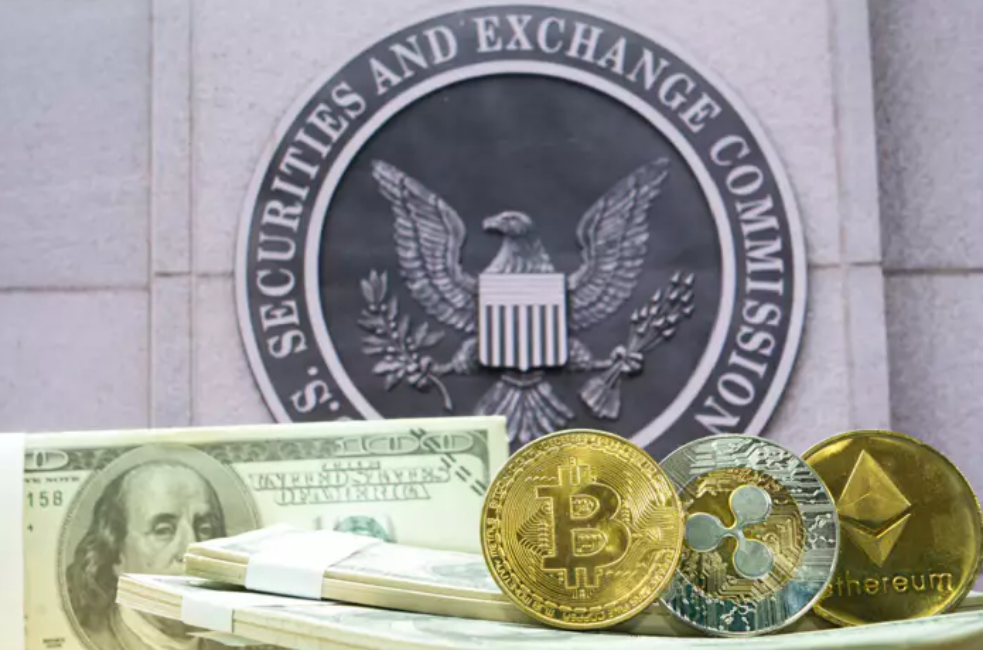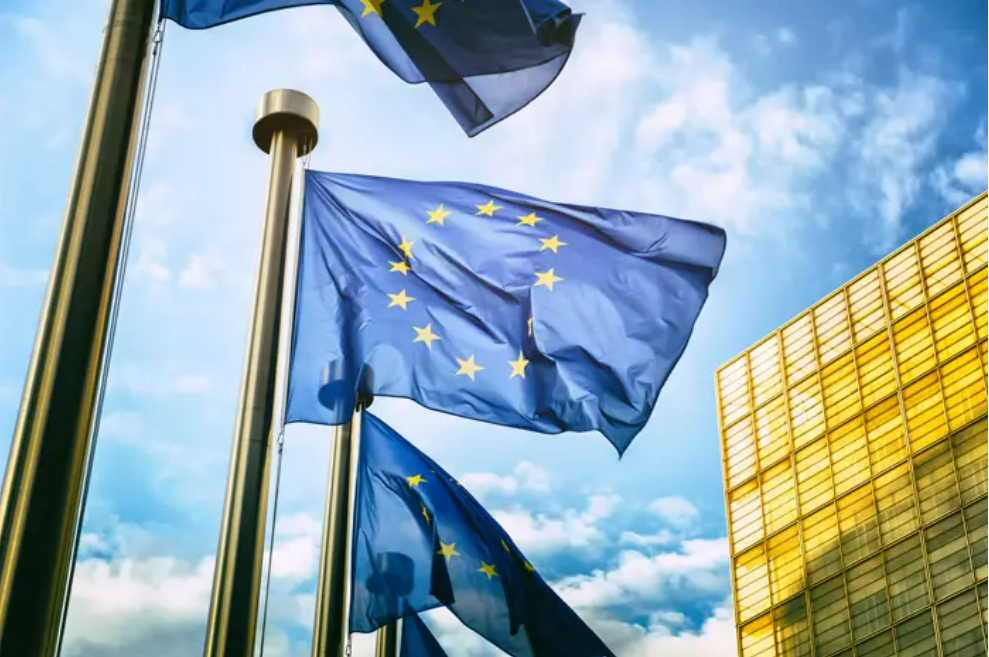
Skylar Shaw
Aug 17, 2022 14:34
The U.S. Federal Reserve on Tuesday provided more advise for banks thinking about engaging in cryptocurrency-related operations, highlighting the need for enterprises to inform the Fed beforehand and ensure that anything they do is lawful.
The U.S. Federal Reserve on Tuesday provided more advise for banks thinking about engaging in cryptocurrency-related operations, highlighting the need for enterprises to inform the Fed beforehand and ensure that anything they do is lawful.
In a statement, the Fed stated that although banks may see "potential possibilities" from cryptocurrencies, they should make sure they have mechanisms in place to make sure the volatile assets do not endanger consumer protections or safety and soundness.
Before participating in any crypto-related operations, banks should also inform the Fed, and any institutions that have previously explored crypto projects should inform the Fed about their participation in the digital asset area, the agency said.
Additionally, the Fed urged state member banks to notify their state regulator before engaging in cryptocurrency-related operations.
In the supervisory letter, the Fed advised banks it regulates to take a number of precautions before participating in any crypto-related activity, including as confirming that any proposed operations were lawful and that any necessary filings were required.
In order to guarantee that such ventures were done in a safe and sound way and were compatible with relevant consumer protection regulations, banks should also have proper risk management systems and controls in place before becoming engaged in cryptocurrency, the Fed added.
Just a few days prior, a number of Democratic senators, led by Massachusetts Sen. Elizabeth Warren, demanded that the U.S. Office of the Comptroller of the Currency (OCC) withdraw its previously issued crypto guidance and replace it with "a comprehensive approach in coordination with other prudential regulators."
The Fed and the OCC, two U.S. banking regulators, jointly stated last year that they intended to make it clear in 2022 what kinds of activities banks could engage in involving cryptocurrencies, including whether companies could hold digital assets on their balance sheet and facilitate crypto trades on behalf of clients.

Aug 17, 2022 14:23

Aug 18, 2022 14:26